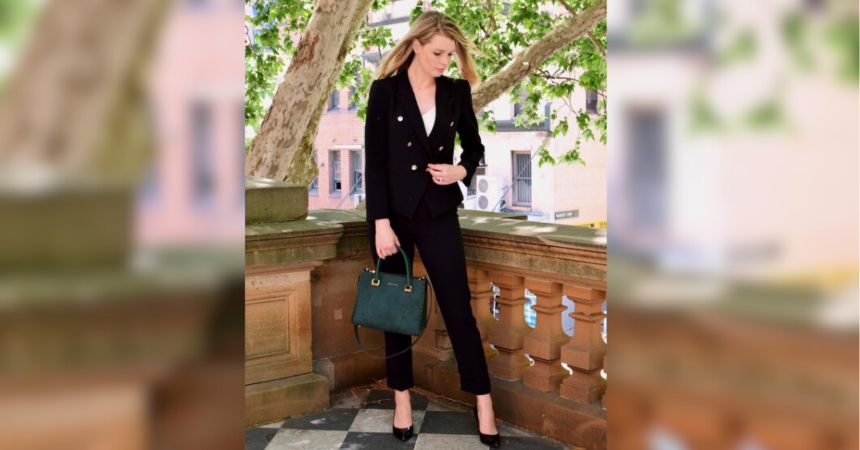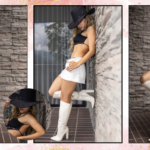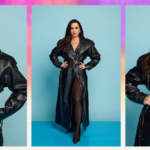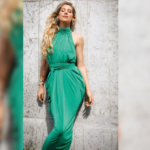Navigating the world of daily office wear for women can be a daunting task. With the balance between professionalism and personal style, finding the perfect wardrobe can seem overwhelming. This guide aims to provide comprehensive insights and practical tips to help women dress stylishly and appropriately for the office, ensuring confidence and comfort throughout the workday.
Understanding Office Dress Codes
Before diving into specific outfit ideas, it’s essential to understand the different types of office dress codes. While every workplace is unique, most offices adhere to one of the following dress codes:
- Business Formal: This is the most conservative dress code, often required in law firms, corporate offices, and financial institutions. Think tailored suits, blazers, and classic blouses.
- Business Professional: Slightly less formal than business formal, this dress code still requires a polished and professional appearance. Pencil skirts, dress pants, and blouses are key staples.
- Business Casual: This dress code offers more flexibility and allows for personal style. It includes items like dressy tops, blazers, tailored pants, and knee-length skirts.
- Casual: Often found in creative or tech industries, casual dress codes permit a relaxed approach. Jeans, casual dresses, and stylish but comfortable footwear are typical choices.
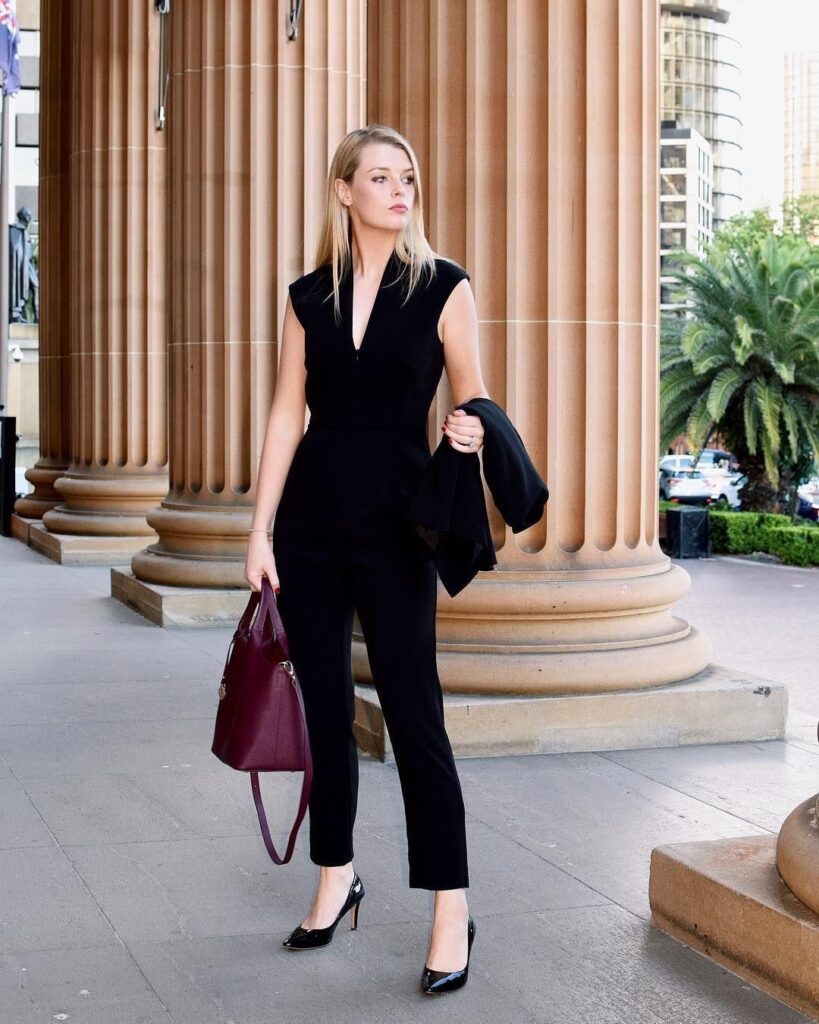
Essential Wardrobe Staples
Building a versatile and stylish office wardrobe starts with investing in essential pieces that can be mixed and matched. Here are some must-have items for any professional woman’s closet:
- Blazers: A well-fitted blazer is a cornerstone of office wear. It can instantly elevate any outfit, making it look more polished and professional. Opt for neutral colors like black, navy, or gray for maximum versatility.
- Button-Down Shirts and Blouses: Classic white button-down shirts and elegant blouses are perfect for pairing with skirts or trousers. Choose high-quality fabrics for a sophisticated look.
- Pencil Skirts and Dress Pants: Pencil skirts offer a sleek and feminine silhouette, while tailored dress pants provide comfort and style. Both can be paired with blouses, sweaters, or blazers.
- Dresses: A collection of office-appropriate dresses in various styles (shift, sheath, wrap) can simplify your morning routine. Look for knee-length or midi options in neutral or subtle prints.
- Cardigans and Sweaters: These are ideal for layering and adding warmth during cooler months. Stick to classic colors and styles that complement your wardrobe.
- Footwear: Comfortable yet stylish footwear is crucial. Invest in classic pumps, loafers, and ankle boots in neutral colors.
- Accessories: Minimalist jewelry, a quality handbag, and a stylish belt can add the finishing touches to your office outfits.
Outfit Ideas for Different Dress Codes
Business Formal
- Tailored Suit: A classic tailored suit in a neutral color paired with a crisp white shirt and closed-toe pumps exudes professionalism and confidence.
- Sheath Dress and Blazer: A sheath dress in a solid color or subtle pattern, complemented by a well-fitted blazer, creates a polished and feminine look.
- Pencil Skirt and Silk Blouse: Pair a black pencil skirt with a silk blouse in a neutral shade. Add a pair of classic heels and a structured handbag for a complete ensemble.
Business Professional
- Printed Blouse and Dress Pants: A printed blouse tucked into high-waisted dress pants, accessorized with a statement belt and loafers, balances professionalism with personal style.
- Wrap Dress: A knee-length wrap dress in a solid color or understated pattern is both stylish and comfortable. Pair it with ankle boots and a minimalist necklace.
- Cardigan and A-Line Skirt: An A-line skirt paired with a fitted cardigan and a simple blouse underneath offers a chic and feminine look. Add ballet flats for comfort.
Business Casual
- Blazer and Jeans: A tailored blazer worn over a fitted top and dark-wash jeans strikes the perfect balance between casual and professional. Finish the look with loafers or ankle boots.
- Sweater and Midi Skirt: A lightweight sweater tucked into a midi skirt creates a sophisticated yet relaxed outfit. Pair with heeled sandals or mules.
- Printed Dress and Belt: A knee-length printed dress cinched at the waist with a belt offers a stylish and comfortable option. Complete the look with block heels.

Casual
- Casual Dress and Sneakers: A casual dress paired with clean, stylish sneakers provides a comfortable and trendy outfit for a more relaxed office environment.
- Jeans and Blouse: A pair of well-fitted jeans with a chic blouse and a statement necklace offers a polished yet laid-back look. Add ankle boots or flats.
- Tunic and Leggings: A tunic top worn with leggings and stylish flats is perfect for ultimate comfort while still looking put-together.
Seasonal Considerations
Adapting your office wardrobe to the changing seasons ensures comfort and appropriateness throughout the year.
Spring
- Light Layers: Opt for lightweight blazers, cardigans, and trench coats. Pastel colors and floral prints are perfect for the spring season.
- Breathable Fabrics: Choose breathable fabrics like cotton and linen to stay comfortable as temperatures rise.
Summer
- Dresses and Skirts: Embrace dresses and skirts made from lightweight fabrics. Sleeveless or short-sleeve options can keep you cool while maintaining a professional appearance.
- Open-Toe Shoes: In more casual office environments, open-toe shoes like sandals can be acceptable. Ensure they are stylish and office-appropriate.
Fall
- Layers: Incorporate layers such as blazers, cardigans, and scarves to adapt to fluctuating temperatures.
- Warm Tones: Transition to warmer tones like burgundy, mustard, and deep greens to reflect the autumn season.
Winter
- Coats and Jackets: Invest in a stylish and warm coat or jacket that complements your office attire. Wool and cashmere are excellent choices.
- Boots and Tights: Knee-high boots and opaque tights can keep you warm while still looking professional. Pair them with dresses and skirts for a chic winter look.
Tips for Maintaining a Professional Wardrobe
- Invest in Quality: Quality over quantity is key when building a professional wardrobe. High-quality pieces last longer and maintain their appearance better over time.
- Tailoring: Ensure your clothes fit perfectly by having them tailored. Well-fitted clothing looks more polished and professional.
- Care and Maintenance: Follow care instructions for your garments to keep them in good condition. Regularly clean and press your clothes to maintain a crisp appearance.
- Stay Organized: Keep your wardrobe organized to easily see all your options and create outfits efficiently. Use hangers and storage solutions to keep everything in order.
Conclusion
Creating a versatile and stylish office wardrobe requires understanding your workplace dress code, investing in essential pieces, and adapting to seasonal changes. By incorporating these tips and outfit ideas, women can confidently navigate their daily office wear, balancing professionalism with personal style. Remember, the key to successful office wear is to feel comfortable and confident in what you’re wearing, allowing you to focus on your work and make a positive impression in any professional setting.
FAQ
1. What is the difference between business formal and business casual dress codes?
Business Formal: This dress code is the most conservative, often requiring tailored suits, blazers, and classic blouses. It is typically seen in corporate, legal, and financial sectors.
Business Casual: This dress code allows more flexibility and personal style. It includes dressy tops, blazers, tailored pants, and knee-length skirts. It is common in many modern office environments.
What are the essential wardrobe staples for office wear?
Blazers: A well-fitted blazer in a neutral color.
Button-Down Shirts and Blouses: Classic white shirts and elegant blouses.
Pencil Skirts and Dress Pants: For a sleek and professional look.
Dresses: Knee-length or midi dresses in neutral or subtle prints.
Cardigans and Sweaters: For layering.
Footwear: Comfortable yet stylish pumps, loafers, and ankle boots.
Accessories: Minimalist jewelry, a quality handbag, and a stylish belt.
3. How can I dress professionally in a casual office environment?
Opt for well-fitted jeans paired with a chic blouse or blazer.
Choose casual dresses and stylish sneakers.
Pair a tunic top with leggings and flats.
4. How should I adapt my office wardrobe for different seasons?
Spring: Light layers like blazers and trench coats; breathable fabrics like cotton and linen.
Summer: Lightweight dresses and skirts; open-toe shoes if appropriate.
Fall: Incorporate layers such as blazers and scarves; warm tones like burgundy and mustard.
Winter: Warm coats or jackets; knee-high boots and opaque tights.
5. What colors are best for office wear?
Neutral colors like black, navy, gray, and white are always safe choices.
Subtle prints and patterns can add interest without being overwhelming.
Warm tones for fall and winter, and pastel colors for spring.

